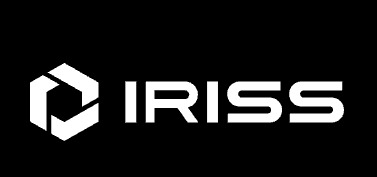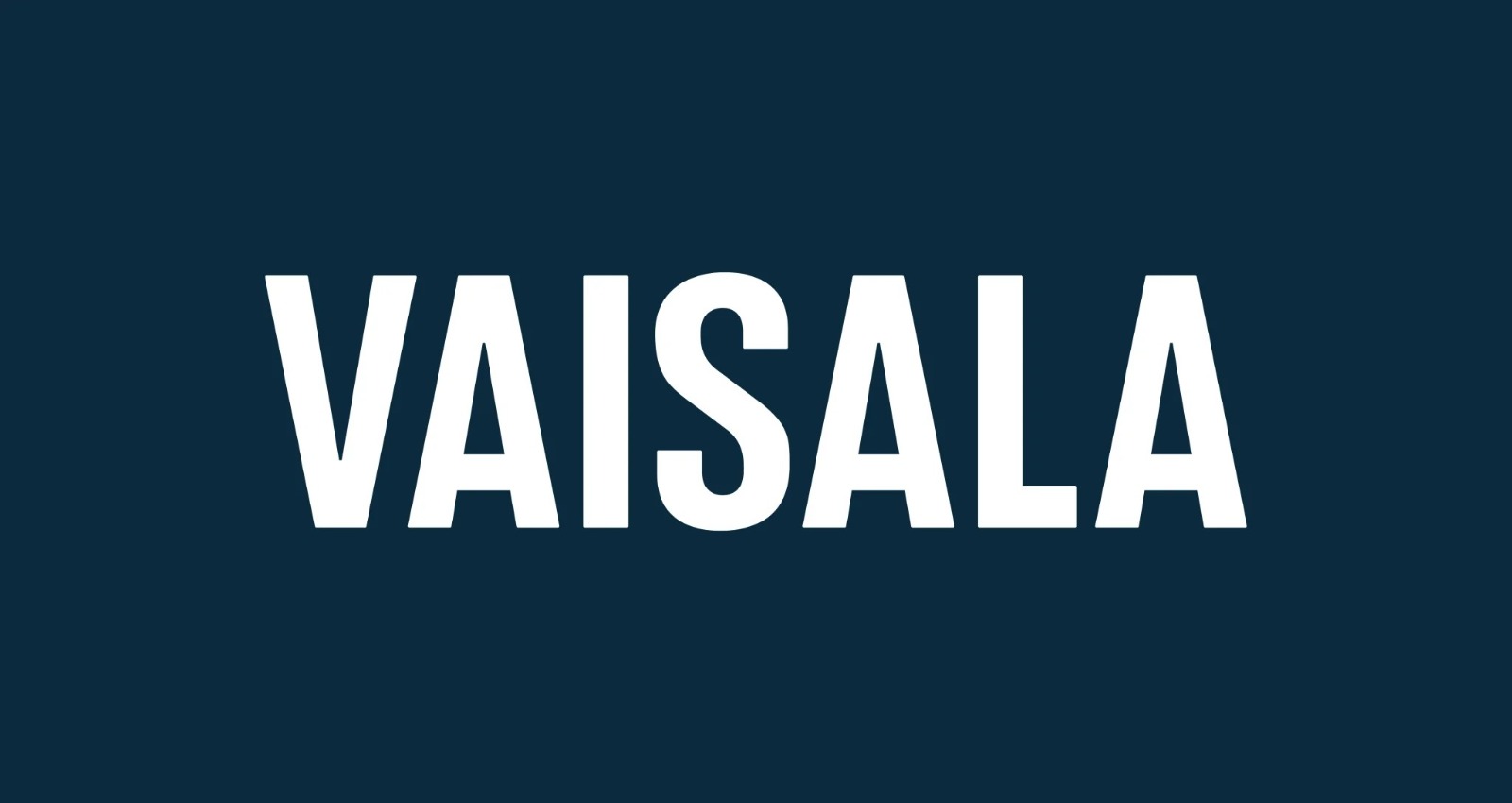
Level 1
LEVEL I : CERTIFIED INFRARED THERMOGRAPHER COURSE
Level I - Quantitative Thermography
LC Condition Monitoring will be conducting Level-I certification course for the first time in English and Bahasa Malaysia for Infrared Thermography affiliating with one of the oldest independent Infrared training and certification firm, Infraspection Institute, U.S.A.
Infraspection Institute literally pioneered the infrared training industry through consulting, technical publications, research, standards development and software development. All of our instructors are highly experienced, practicing thermographers.
Our courses integrate theory, practice, and case studies in a fun, relaxed atmosphere designed to maximize your learning experience. Course tuition includes Student Reference Manual that is also in dual language and written proof upon completion. The exam will be held at the end of the course in dual language based on the students’ preference, and successful candidates will receive Level-I Certification directly from Infraspection Institute, U.S.A. The Level-I Certificate meet and exceeds the American Society of Non-destructive Testing’s SNT-TC-1A recommended practice.
Infrared Thermography Level-I Curriculum
1. Basic Infrared Theory
- Heat transfer
- Electromagnetic spectrum
- Emittance, reflectance, and transmittance
- Atmospheric transmission
- IR wavebands and lens material
2. Infrared Equipment
- Selection criteria
- Range and level settings
- Class demonstrations
- Manufacturer equipment presentations (optional)
- Hands-on use in class
3. Electrical System Inspection
- Theory and thermal signatures of problems
- Airborne inspection of transmission lines
- Ground-based inspection of distribution systems
- Substation inspections
- In-plant inspection of:
- transformers
- bus
- switchgear
- fuses
- circuit breakers
- cable trays
- Guidelines for inspection
- end user and thermographer responsibilities
- safety practices
- data gathering and report preparation
4. Mechanical System Inspections
- Theory and thermal signatures of problems
- Rotating equipment
- Power transmission components
- High-temperature insulation
- Fluid flow including steam systems, heat exchangers, and cryogenics
- Active thermographic inspection techniques
- Guidelines for inspection of Mechanical Systems
5. Building / Roof Moisture & Pest Inspections
- Theory and component construction
- Insulation & material moisture characteristics
- Inspection techniques
- interior
- exterior
- Weather variables and models
- Required site conditions
- Creating sufficient delta-T
- Pre-inspection procedures
- Thermal signatures of latent moisture
- Thermal signatures of pest damage
- Mold detection
- Inspection, data recording, marking and mapping
- Destructive and non-destructive moisture verification
- Guidelines for inspection of Building/Roof Systems
6. Building Envelope Energy Loss Inspections
- Theory and component construction
- Insulation & material characteristics
- Inspection techniques
- interior
- exterior
- Weather variables and models
- Required site conditions
- creating sufficient delta-T
- Pre-inspection procedures
- Inspection and data recording
- Verification of data
- Conduction losses by insufficient, missing, damaged or improperly-installed insulation:
- weather variables and influences
- thermal signatures
- Convection losses by uncontrolled air movement
- natural and forced convection
- thermal signatures
- pressurization/depressurization techniques
- Guidelines for inspection of Building Envelope Energy Loss
7. Implementing an IR Predictive Maintenance Program
- 9 steps to setting up a program
- Integrating with other predictive technologies
- Cross-verifying with other predictive technologies
- Why programs fail, how they succeed









